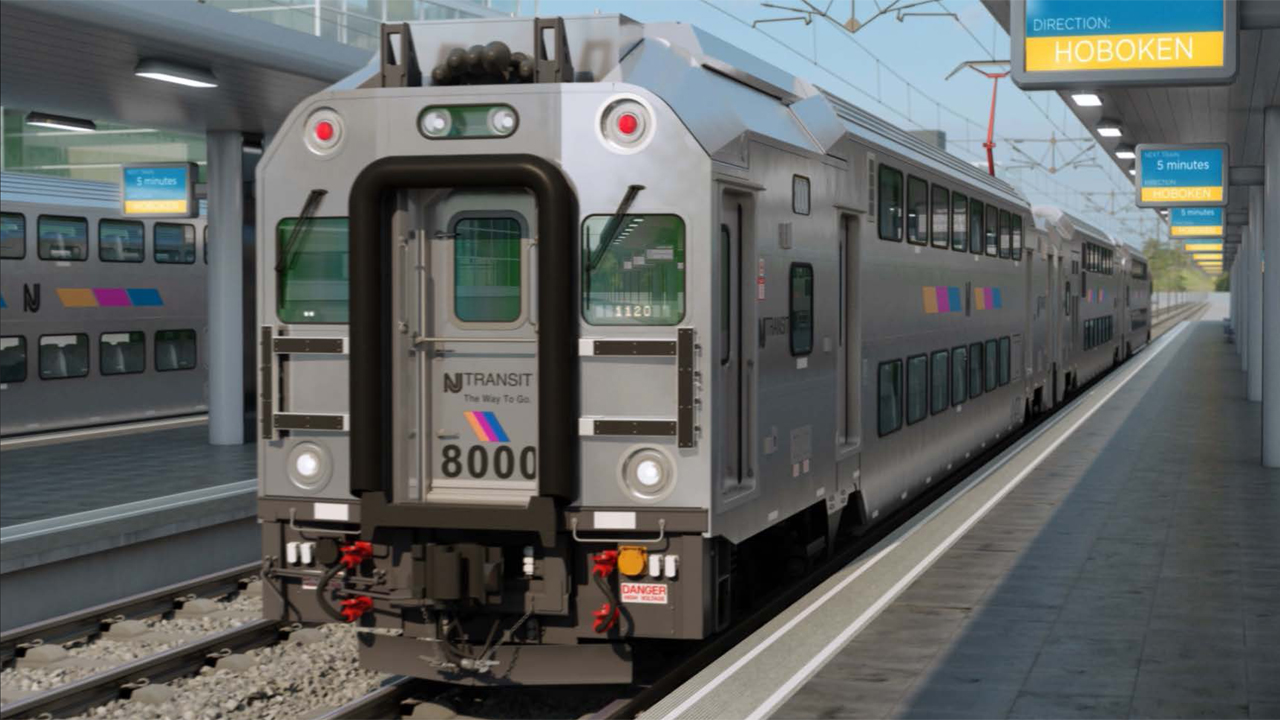SaugeenJunction
Senior Member
March 18
I am expecting to hear one day that GO Trains will increase from 12 cars to 14-16 cars since we aren't moving to EMU's





4115

Where did you hear that we aren't moving to EMUs? These new GO cars were ordered a while ago, not sure how it impacts EMUs.





